You have no items in your shopping cart.
Champagne
Dom Pérignon
(38 customer reviews)
Churchmen have played a key role in French viticulture. From the monks of the Middle Ages, through Dom Pérignon to Canon Kir, they have never ceased to innovate. Dom Pérignon is an excellent example of this inventiveness, as we owe him nothing less than the invention of champagne, which contributes to our worldwide renown. Find out more
 Recommended by
Recommended byParker Wine Advocate - Jancis Robinson - Wine Spectator
-

Shipped in
secured packaging - -13%
-

Garantie anti-casse :
Prise en charge totale
The winemaker
The story of the monk Dom Pérignon
Dom Pierre Pérignon was a Benedictine monk living at the monastery of Hautvillers towards the end of the 17th century. He set himself the modest goal of creating the best wine in the world. To this end, he tested blends and manipulated his bottles until he was satisfied. The invention of champagne is the subject of controversy, but here's the version that comes up most often. In the monk's day, bottles were corked with wooden pegs, topped with oil-soaked oakum. This ensured a watertight seal, but for aesthetic reasons Dom Pérignon plugged the neck with beeswax, which was much more discreet. He had not, however, foreseen the chemical reaction. This had the side effect of provoking a second fermentation which caused the bottles to explode, unable to withstand the pressure. The methode champenoise was born!
Thanks to Dom Pérignon and his work on assemblages, the abbey overlooking the Marne valley enjoyed dazzling prosperity, and its estate was enriched with new vines. Wines sold at the time at up to three times the prices usually charged in the rest of France.
One of the monks who succeeded Dom Pérignon undertook to write a work that purports to be a traité de la vigne.In 35 chapters, it details all the precepts of the winegrowing monk and describes the methods of wine-making, harvesting and vinification. Dom Pérignon champagne has since invited itself onto the tables of the world's greats, starting with the Sun King, Louis XIV, won over by the quality of Dom Pérignon's blend. On the fictional side, James Bond has become the luxury ambassador for this prestigious brand.
The colossal Dom Pérignon estate
The Vignoble Champenois Dom Pérignon is one of France's most prestigious wine estates. Located in the terres de Champagne, it stretches around the commune of Épernay in the Marne department. Now owned by the major luxury group LVMH, the vineyards cover more than 1,200 hectares. The grape varieties are 60% white chardonnay and 40% pinot noir.The vines grow on soils made up of limestone and chalk, in a mild climate.
The amount of Dom Pérignon champagne produced remains a secret, but an estimated 5-6 million bottles are produced annually. The wines produced are white and rosé and follow the traditional Champagne winemaking method. Dom Pérignon produces an effervescent wine of great textural finesse. Dom Pérignon champagne can be drunk young, but its aromas gain in refinement with age, and the wine acquires greater suppleness and elegance.
Dom Pérignon champagne, inevitably vintage
Dom Pérignon exists only as a vintage, thanks to the drastic selection of the best grapes chosen each year. Each millésime has its own particularities and reflects the unique character of its year. To cite a famous year, let's think of the 1949 vintage. Its bottles were served at a meal at the American Embassy in Paris, whose prestigious guests included Charles de Gaulle and John F. Kennedy. Incidentally, Dom Pérignon was Marilyn Monroe's favorite champagne. Highly prized by the English court, Dom Pérignon was the brand chosen for the wedding of Diana Spencer (Lady Di) and Prince Charles.
The concept of plenitude according to Dom Pérignon
On the premise that each millésime de champagne Dom Pérignon is unique, it's impossible to paint a very precise portrait. However, it always remains an exceptional champagne whose style, always perfectly balanced, is timeless. The sensation of its mouthfeel offers great lightness and airy suppleness, from the first impression, right through to the final aromas.
As a symbol of luxury and refinement, Dom Pérignon, through its cellar master Richard Geoffroy has developed a concept he calls "Plénitude". These are extremely prestigious cuvees that sell worldwide. Plénitude has practically become a brand in its own right. It results from blending the finest vintages that grow in Champagne, and the result is a nectar of the highest quality.
Plénitude only exists in certain years, the best ones. Richard Geoffroy started from a very simple premise: the evolution of wine is never linear, but always proceeds in stages. Dom Pérignon is a champagne for laying down that always gains in quality with age, but this improvement takes place in stages. But, rather than talking about stages or stages, the famous cellar master preferred to pay tribute to the excellence of Dom Pérignon by applying the word "plenitude".
He then distinguished three degrees of plenitude, which led him to label the champagnes with the code names P1, P2 and P3. A bottle corresponding to the first degree of fullness should be able to age for at least 7 years under the best conditions. A bottle of second plenitude will be over 15 years old. The third plenitude is reserved for bottles between 25 and 40 years old. As much as vintages, plenitudes define the characteristics of a bottle of Dom Pérignon. This denomination adds precision to knowing the pic of intensity of the champagne you're about to select.
With each new plenitude, the taste of the champagne gains in complexity, at the same time as its spicy and iodized characteristics become more present. For some, a bottle of Dom Pérignon represents an investment, just like an objet d'art. Prices also evolve with the degree of fullness.
But don't focus on the fullness, because Dom Pérignon remains a champagne of the highest quality, even when enjoyed young.

13 wines available
between 209.95 € and 600.23 €
between 209.95 € and 600.23 €

351 wine's scans
on Twil application
on Twil application

Best rated wines on Twil :
You might like Voir tous les vins de la région
- -26%
- -26%
- -15%
- -26%

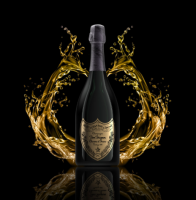
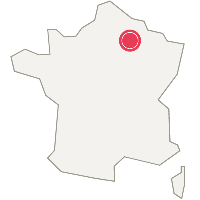




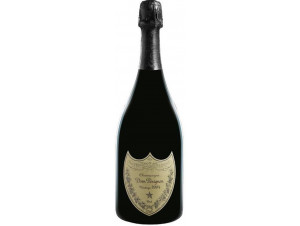








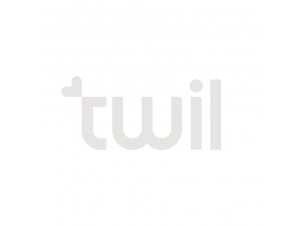





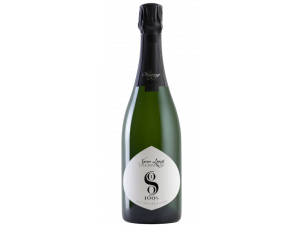





 TWIL - Achat de Vin
TWIL - Achat de Vin


